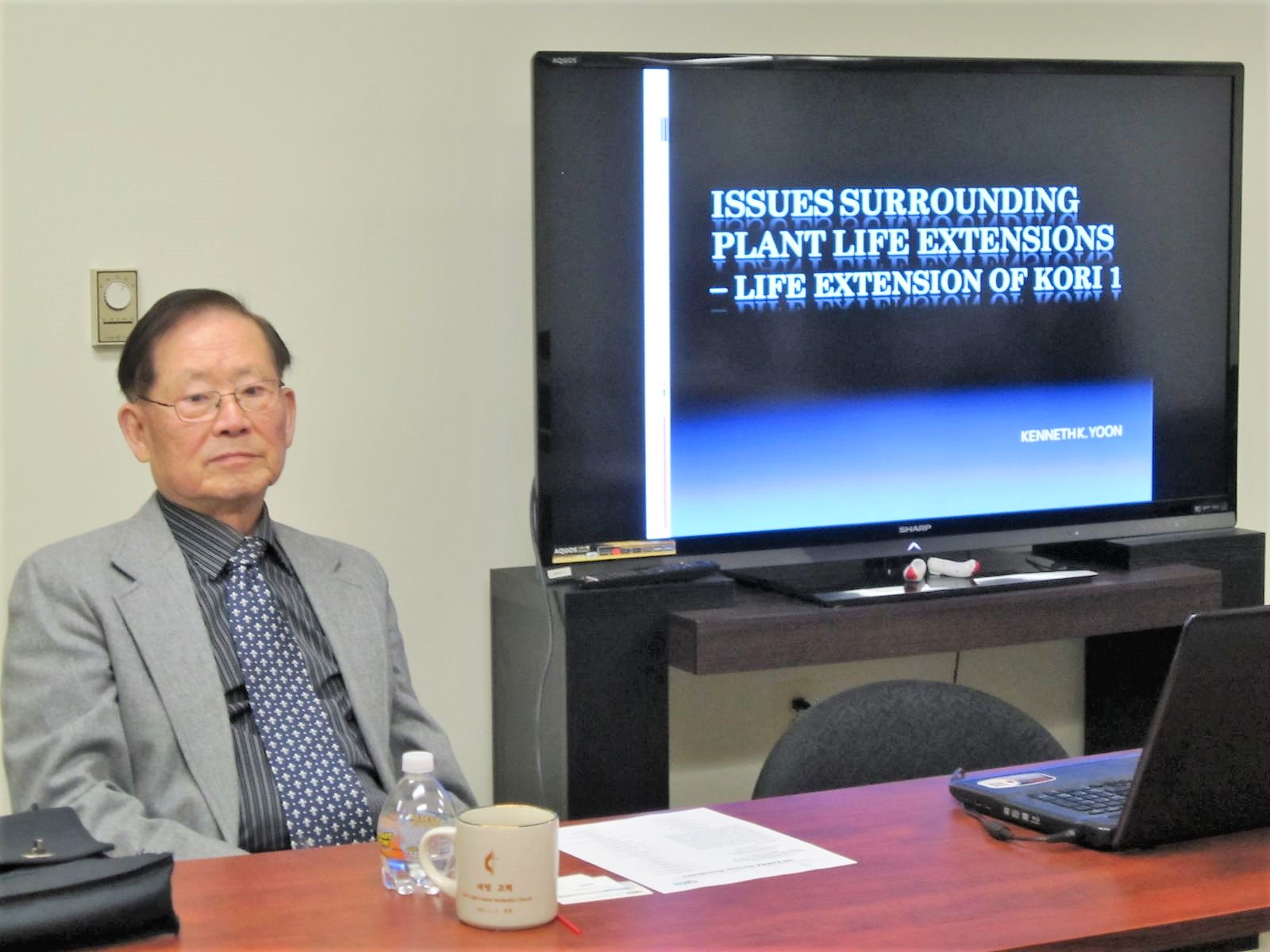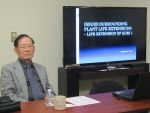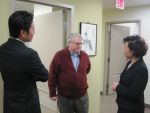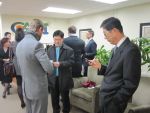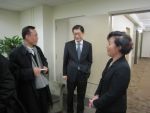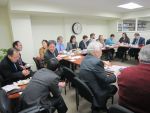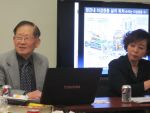Sustained operation of nuclear power plants eventually results in the wearing and aging of plant components, mainly from metal corrosion, fatigue, fatigue crack growth, and fracture toughness degradation through neutron irradiation. Of particular concern in this matter is the integrity of the reactor pressure vessel, which contains the reactor core and primary coolant, and is one of the primary barriers to radiation release into the environment. Material wear, aging, and degradation not only affect plant reliability, but also long-term operation safety. Therefore, determining material strength and toughness, especially that of the reactor vessel, is critical for ascertaining resistance to crack formation/propagation and ultimately, the viability of continued operation. South Korea’s first commercial reactor, Kori 1, has been in operation for over three decades and has the same design specifications as the reactor unit at Wisconsin’s Kewaunee Power Station. Kori 1, which was originally licensed to operate for a 30-year span, recently received a life extension to operate for 60 years. The decision to approve the life extension for Kori 1 was based on rigorous analyses and material data from an extensive battery of tests. These tests are done on surveillance material samples placed within the reactor vessel wall; the samples are periodically extracted for Charpy impact tests and to determine the tensile strength of the steel material. In the case of Kori 1, fracture toughness analyses and the results of the Charpy testing justified the approval for an extension to 60 years.

